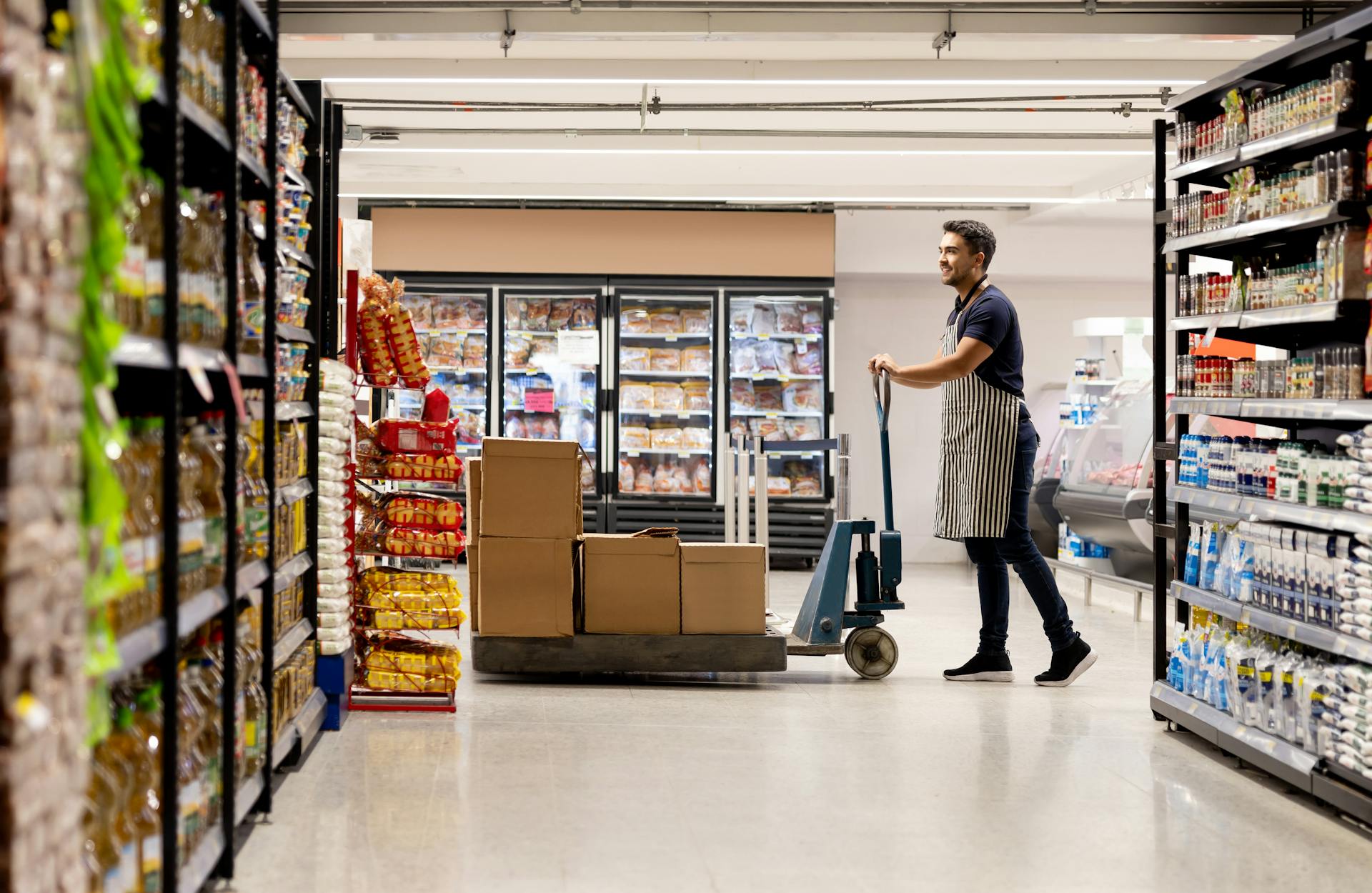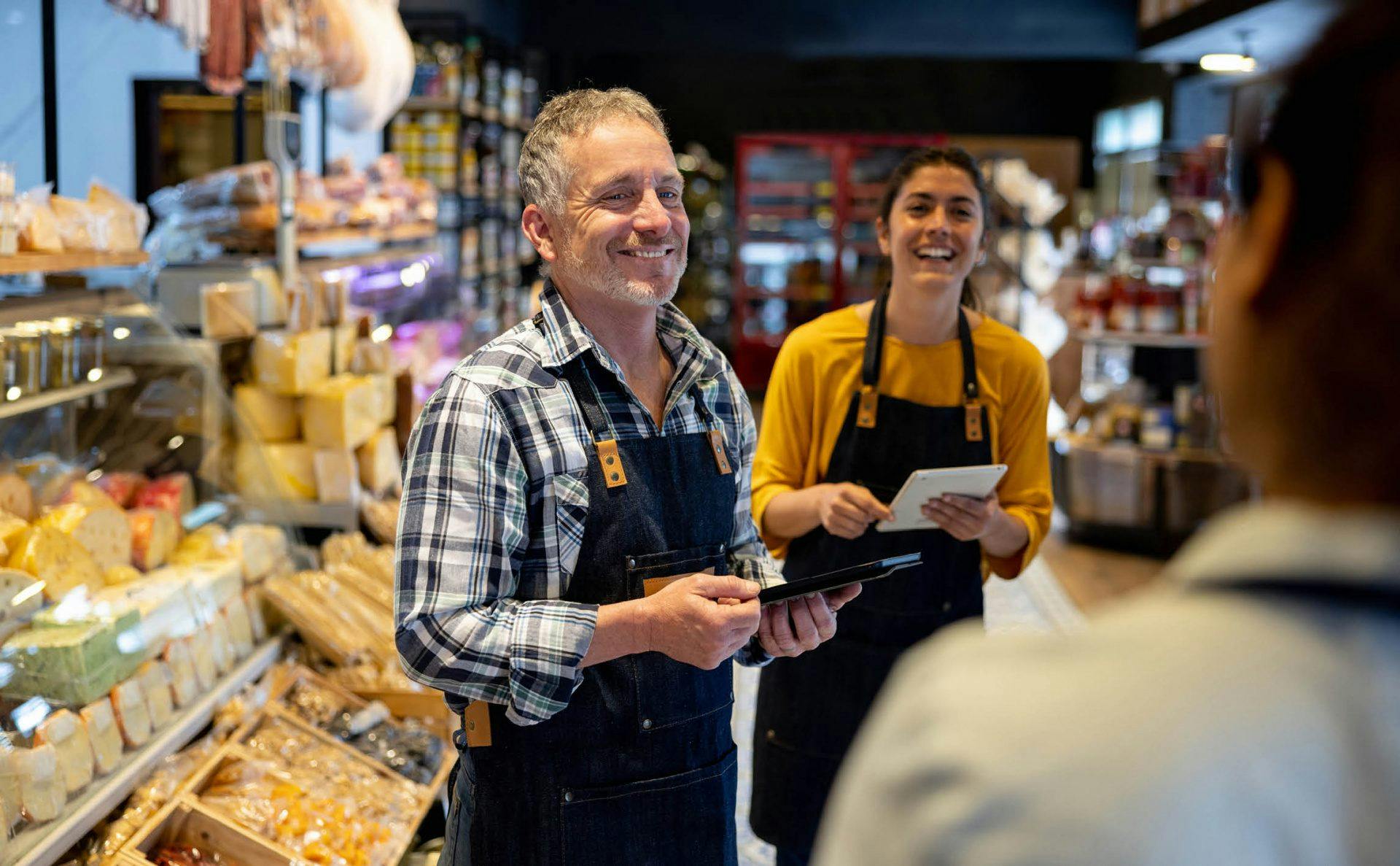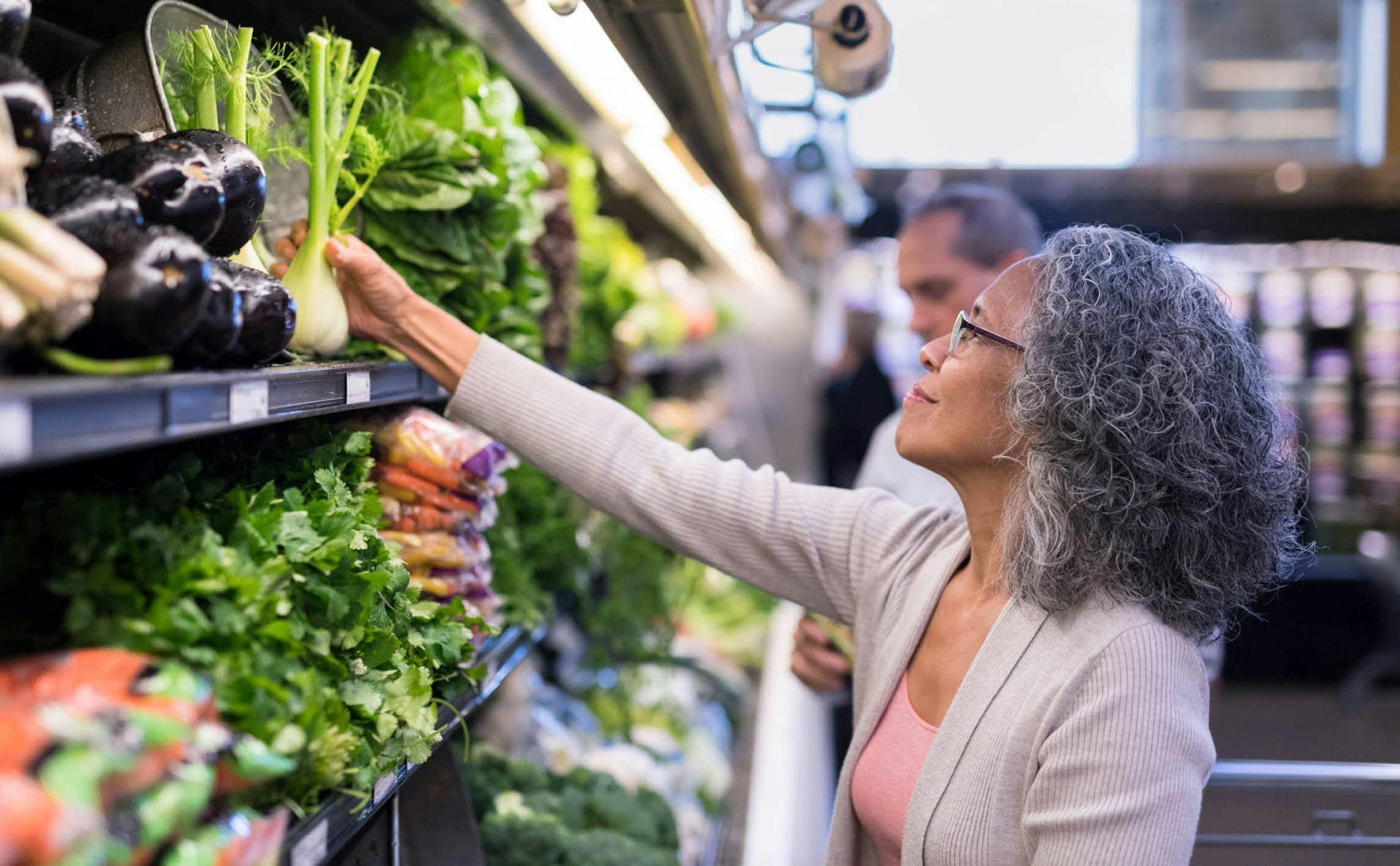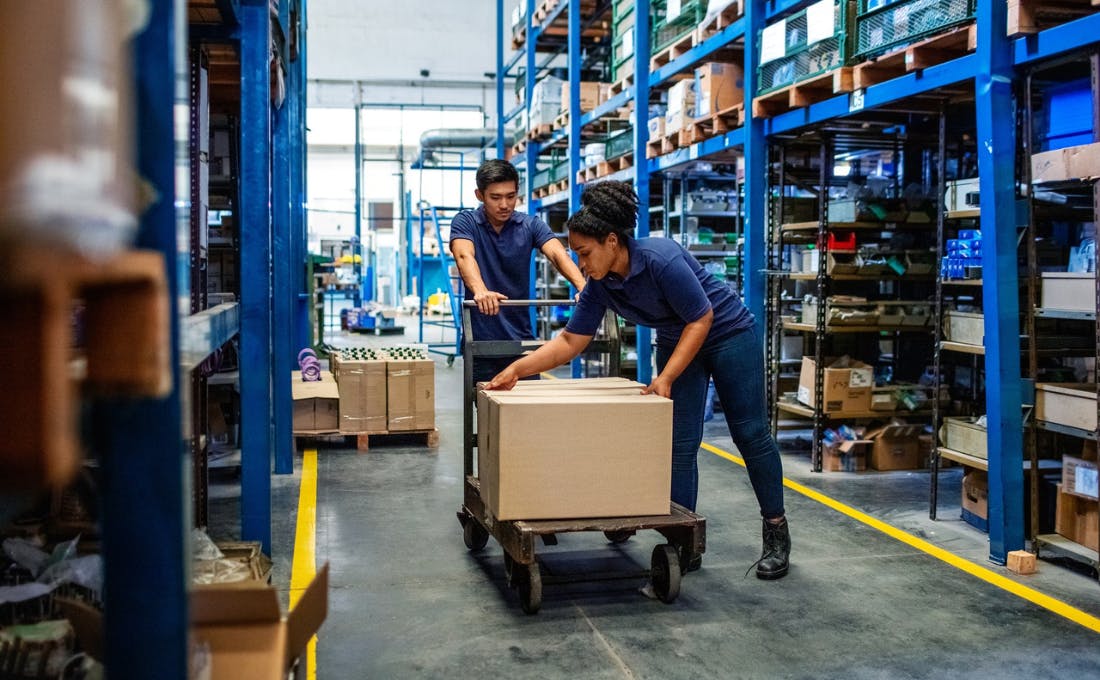How Retailers Maximize Store Delivery Efficiency with Advanced Planning
Read time: 5 minutesRetailers today juggle more stores, tighter delivery windows, and fresher expectations. An advanced planning system (APS) is key to optimizing store delivery operations. By applying real-time algorithms and route optimization, APS helps retailers cut costs, improve service, and manage complex logistics.
Want to deepen your understanding of advanced store delivery logistics? Explore our E-Guide "5 Steps to Transform Store Delivery with Advanced Planning Solutions", for valuable insights and strategies, or check out our latest article “Distribution Management: How to Optimize Your Strategy”.

Why do traditional store deliveries keep getting more expensive?
With sprawling store networks, seasonal spikes, and urban congestion, delivery costs can skyrocket. Common pain points include:
- Rising transportation and labor expenses
- Store stock-outs from delayed deliveries
- Spoilage issues with perishables
- Route inefficiencies and emissions
An APS uses historical data, constraints, and real-time variables to optimize routes, vehicle loads, and schedules—turning a cost burden into controlled, efficient delivery flows.

How can advanced planning improve store delivery accuracy and timing?
APS systems generate precise route plans that consider:
- Vehicle capacity and temperature control
- Store time windows, dock availability, and frequency
- Urban access restrictions and traffic patterns
Retailers benefit from fewer missed windows, predictable ETA performance, and smoother in-store replenishment. This enhances inventory turnover and ensures shelves stay stocked.
How does APS support cost and carbon reduction?
Optimized route sequencing in an APS can significantly lower fuel use and mileage. When paired with capacity-aware loading, it reduces trips and vehicle use. Moreover, smarter planning trims emissions—helping meet sustainability goals. What’s more, these efficiencies minimize labor hours and cut fleet costs.

Can planning systems handle seasonal peaks and promotions?
Yes. APS supports dynamic planning for surges—like holiday demand or flash promotions—by:
- Forecasting delivery volumes and resource needs
- Adding flexible fleet capacity and shifts
- Automating route rebalancing during peak weeks
This ensures retailers maintain delivery reliability without inflated costs or lost service quality.
What about last-minute delivery changes?
Whether due to sudden stock needs or last-minute store requests, APS excels at real-time re-optimization. A retailer or control tower can adjust deliveries and dispatch new routes in minutes. The result: fewer failed trips, better responsiveness, and happier store managers.

Retail Case Study: Fresh Produce Chain
A mid-size grocery chain deployed APS to refresh delivery networks across 120 stores. Results included:
- 15% fewer delivery miles
- 20% reduction in expired stock
- 30% drop in delivery errors
By optimizing vehicle loads and time windows for perishable items, they increased freshness and cut waste—without increasing fleet size.
Retail Case Study: National Apparel Retailer
A fashion retailer with 80 outlets improved replenishment with APS-enabled delivery routing software:
- 25% fewer late deliveries
- 18% reduction in labor costs
- 50% faster route reassignments
Real-time planning empowered the logistics team to react instantly, reducing bottlenecks and improving in-store availability.
What should retailers look for in delivery planning tools?
When choosing an APS or routing provider, ask:
- Does it handle multi-stop, multi-day store delivery planning?
- Does it support dynamic route planning and live re-optimization?
- Are perishable and capacity constraints managed intelligently?
- Does it integrate easily with your TMS and supply chain systems?
- Can you access performance dashboards and KPI tracking?
That way, you’re choosing a tool that drives efficiency—not just another transport add-on.
Ready to elevate your store delivery?
Advanced planning systems and delivery routing software are transforming store operations. With optimized schedules, dynamic responses, and data-driven insights, retailers can cut costs, reduce waste, and serve stores better.
Talk to our team to see how planning technology can sharpen your delivery process—and deliver real results for your stores.
